Hooe Lake Planning Study
The Planning Study from March 1993 highlights some important species of Flora & Fauna that can be found on Hooe & Radford Lake
On the Eastern shore of Hooe Lake
The limestone sea wall supports a good population of the locally-rare Sea Hard-grass and the Pointed Snail,- ‘Chochlicella acuta’.
The south west-facing dry bank running along the side of the road supports the largest population of the same snail within the City as well as being rich in a variety of invertebrates some of which are uncommon both nationally and within the City of Plymouth.
Note: This is one of the reasons building developers plans for the rebuilding of the limestone sea wall were opposed
Radford Quarry
This area is one of the best wildlife sites within the City providing as it does a number of unusual microhabitats. Indicative of this is the stand of Sea Club-rush which indicates a seepage of sea water from Hooe Lake into the Quarry at high tides. Note: A reason why the ingress of salt water should not be prevented.
Amongst the wide variety of other plant species found on the quarry floor, the Pyramidal Orchid, Decumbent Toadflax and Curtis’ Mouse-eared Chickweed are of particular note. – The quarry floor is also notable for its excellent butterfly and spider populations.
The quarry face supports a large number of crevices and small caves which are known to house bats and cave spiders. Many birds, including raptors like kestrels, forage extensively over the rock faces with some nesting on the ledges. The top of the quarry supports a calcicolous flora with a good population of the Pyramidal Orchid. Note: Questions have been raised as to why this area is not securely fenced
Radford Lake
As well as being of prime amenity importance Radford Lake is also of considerable biological significance within the City.
Besides its invertebrate denizens which include a fascinating subtropical brackish water colonial worm species, it is also home to breeding Mute Swans and the only site in the City which supports Dabchicks and Tufted Ducks. The Lake is also visited by a variety of other birds including the Kingfisher. The south-eastern end of the lake has been developed into a interesting complex of pond and riverine habitats with a varied associated flora.
Radford Park
Radford Park is similarly of prime amenity value but is also significant for the aboretum which has been created by the Radford Heritage Group and is devoted to calcicolous species. The parkland is linked, via a network of paths, to the Rookery and Ashery Wood which whilst not particularly rich in wildlife, provides an important foraging and breeding area, particularly for birds.
RSPB, One of only four…
In January 1986, the Royal Society for the Protection of Birds designated the unique area of Radford & Hooe Lake as one of only four sites in Devon as part of its Nation Wide Birdwatch ’86. Hundreds of people were attracted to the area to watch some of 83 species of birds recorded as living there or visiting.
Category: Environmental, Planning
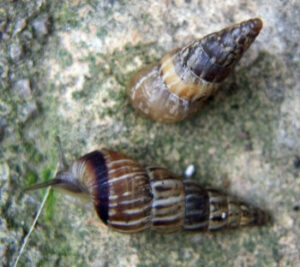
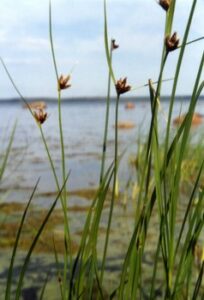
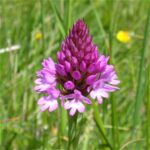
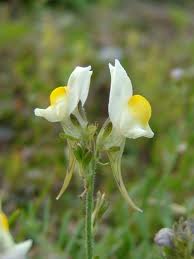

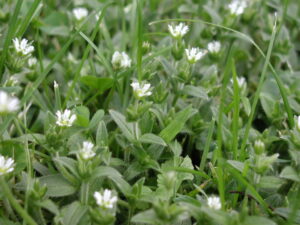



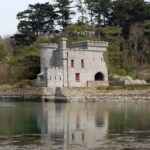
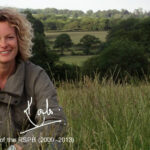
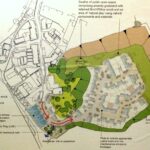
Julie,
i have a photo or two which you can use if you would like to get in touch with me. Pat
I would like to hear from anyone who has taken some wild life pictures on the lake as i am presently on an art and design corse and basing my summer study on the area…also in the hope it will bring peoples attention to the wild life we will lose if the quarry becomes a building site.